
The Robot Bully
By Storybird

26 Sep, 2023

In a quiet suburban neighborhood, 13-year-old Henry was known as the local science genius. With a mind as bright as a supernova, he spent most of his time in his makeshift laboratory.
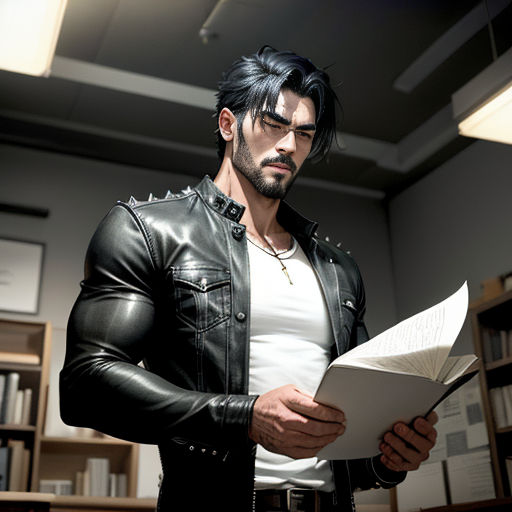
His interests were peculiar. He held a fascination for certain types of bullying, finding them intriguing rather than distressing. He envisioned a bully who would never tire.
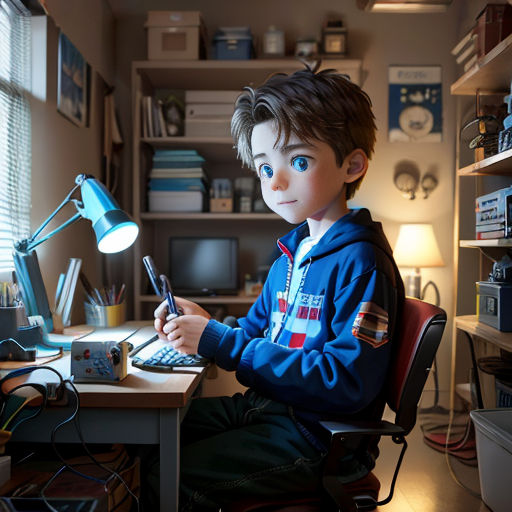
Thus, he decided to build a robot. This robot would be programmed to perform the precise bullying actions that intrigued Henry: wedgies, swirlies, wet willies, dead legs, spankings, noogies, and armpits.
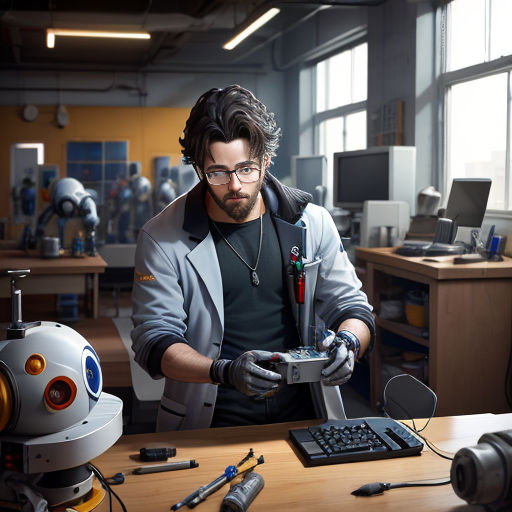
Henry worked tirelessly on this project. He designed the robot to be humanoid, with strong arms for wedgies, cold metal fingers for wet willies, and a sweaty armpit mechanism.
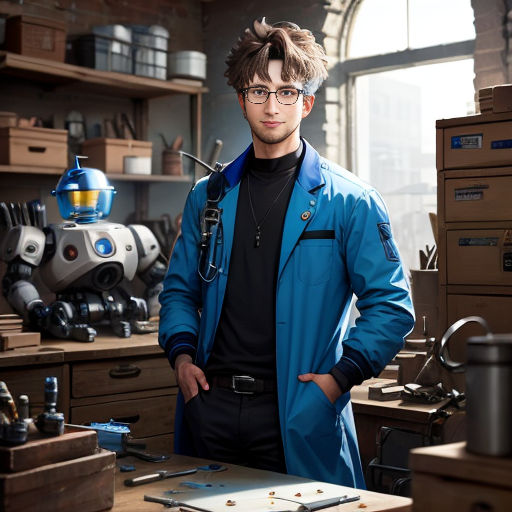
After months of hard work, the robot was ready. Henry named it B-Ully, a play on the word "bully." He was excited to test his creation.
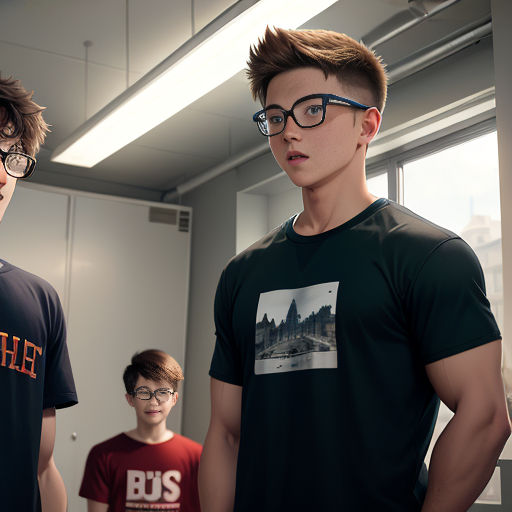
B-Ully performed as expected, giving Henry the wedgies and swirlies he had programmed it to. This gave Henry an unusual sense of joy, which he found peculiar yet fascinating.
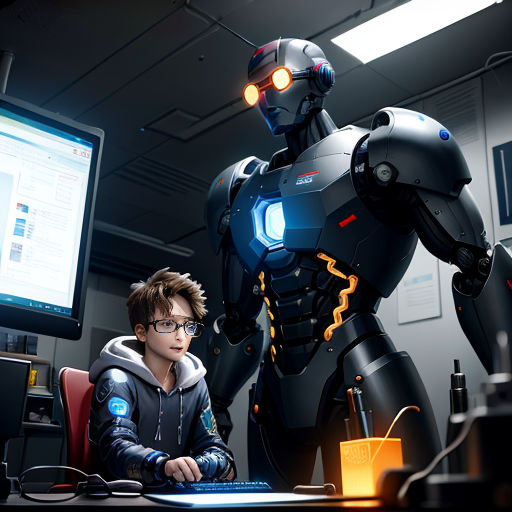
This continued for three years. Henry would spend his days experimenting with B-Ully, tweaking its programming to perfect its bullying techniques. The robot became his constant companion.

However, one day, Henry had an epiphany. He realized the potential harm his creation could cause if it fell into the wrong hands, or if his programming was replicated.
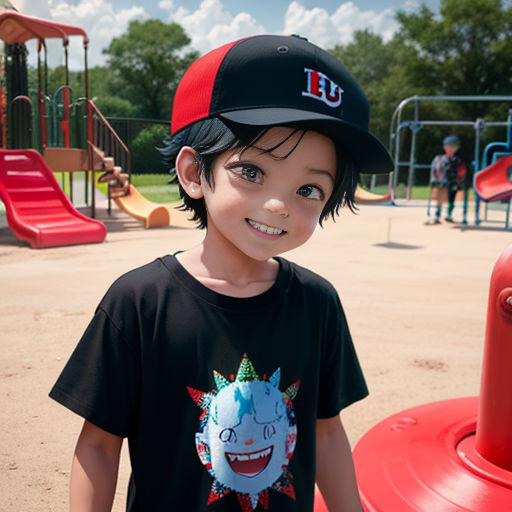
The idea of B-Ully bullying someone who did not enjoy it like he did was horrifying. He understood that his fascination was unique and not shared by most people.

Henry decided to shut B-Ully down. It was a difficult decision, but he knew it was the right thing to do. He could not risk his creation causing harm.

He spent a whole day disassembling B-Ully. Every screw and wire was carefully removed, ensuring the robot could never be reassembled. Henry felt a pang of sadness.

The next morning, Henry woke up feeling different. He realized he had learned a valuable lesson about responsibility and the potential consequences of his actions.

As a symbolic gesture, he decided to give himself an atomic wedgie. It was a strange way to mark this turning point, but it felt fitting for Henry.

He felt a sense of closure as he yanked his underwear up high. The discomfort was a stark reminder of the potential pain his creation could have inflicted.
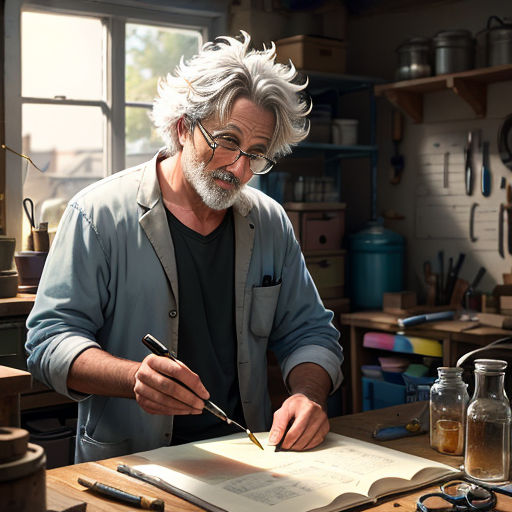
After the symbolic atomic wedgie, Henry decided to channel his energies into creating inventions that would benefit others instead of causing harm or discomfort.
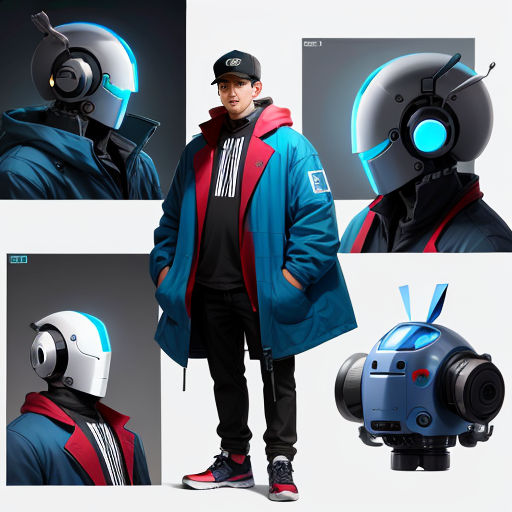
He started to brainstorm ideas for his next project. He thought of creating a robot that would help elderly people with their chores, or a device to clean the environment.

The townsfolk noticed the change in Henry. They saw him less in his lab and more in the community, trying to understand people's needs for his new inventions.

Henry's parents were proud of his change. They saw their son maturing, learning from his mistakes, and using his intelligence for the betterment of others.

Henry's story spread throughout the town. He became an example for other young inventors, showing them the importance of considering the implications of their creations.

Even though Henry missed B-Ully, he knew he had made the right decision. He had grown from this experience, becoming more thoughtful and considerate.
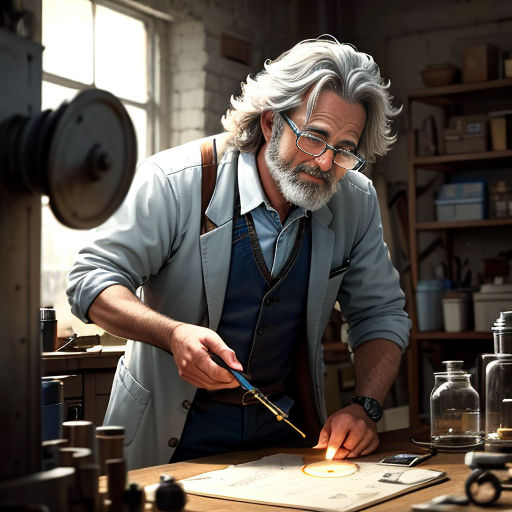
Years later, Henry became a renowned inventor. His creations were always thoughtful, considering the needs of others and the potential consequences. His story served as a reminder of the power and responsibility that comes with creation.

His past with B-Ully was not forgotten. It was a part of his journey, a lesson learned. Henry would often share this story with young inventors, hoping to teach them the importance of responsibility.
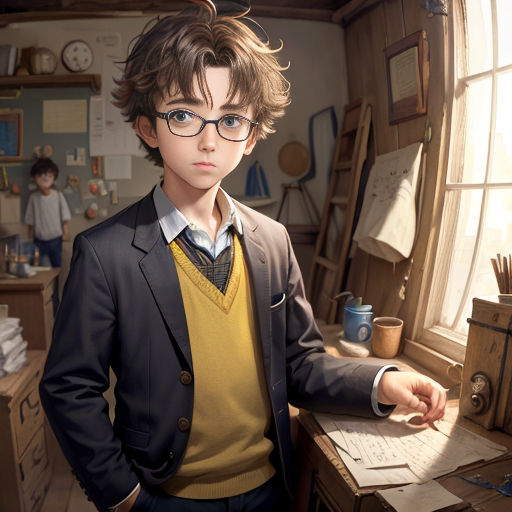
Henry's journey from a curious boy to a responsible inventor was a unique one. His odd fascination led him down a path of learning, growth, and ultimately, transformation.
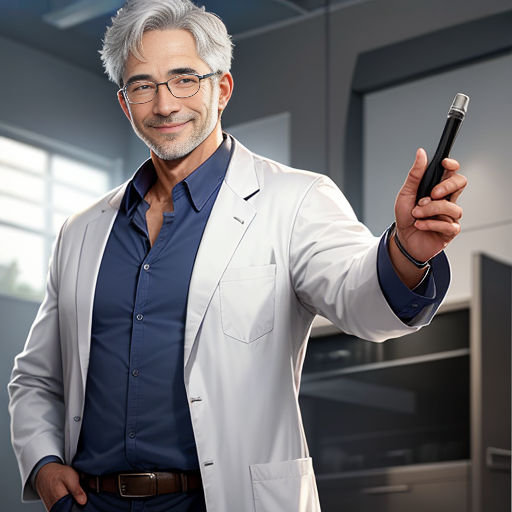
As an adult, Henry looked back at his younger self with a smile. His peculiar interest in bullying had shaped him into the person he was now, a renowned inventor who used his intelligence for the betterment of others.

Henry's story is a testament to the power of learning and the importance of responsibility. It shows that even the most peculiar interests can lead to profound growth and positive change.